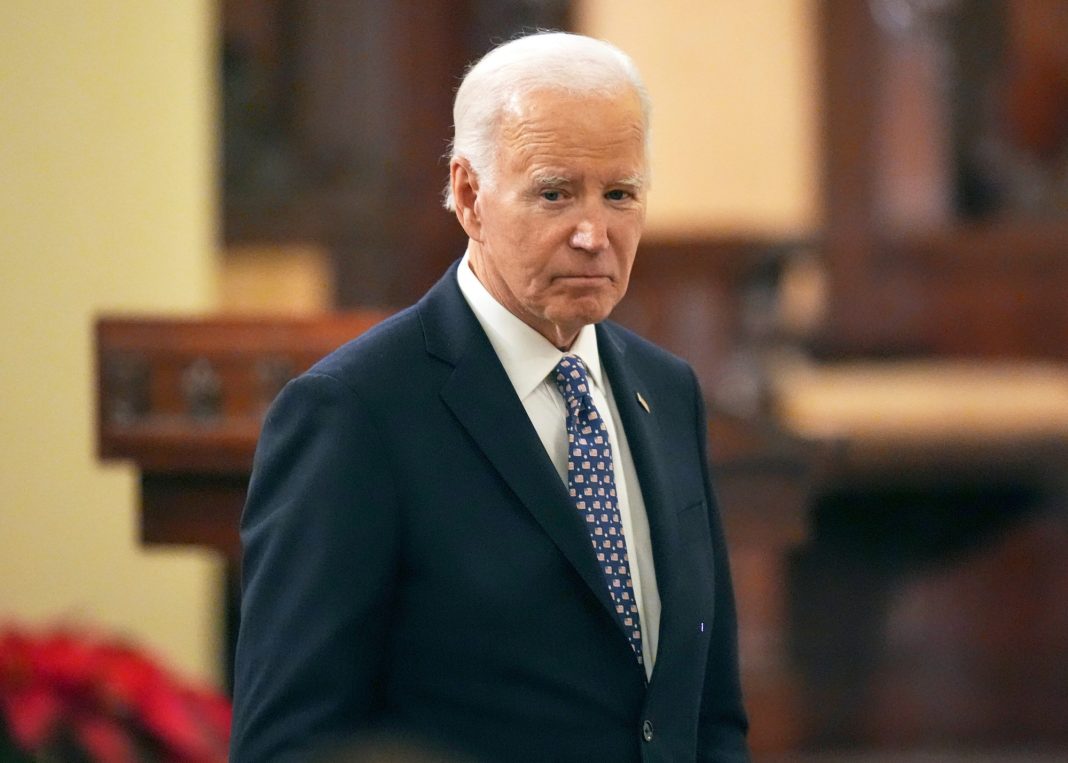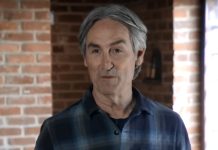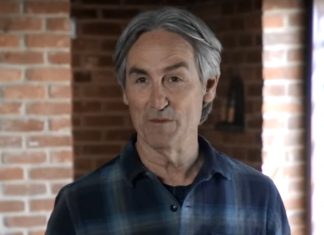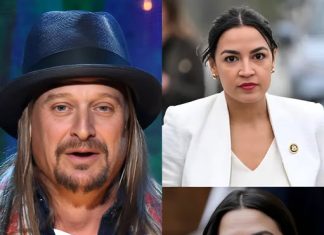The Dynamics of Presidential Health Rumors in a Digital Age
In our increasingly interconnected digital world, a single news headline can reverberate around the globe within minutes, igniting discussions, fears, and, importantly, misinformation. Among the myriad topics that fuel speculation, the health of world leaders stands out, particularly when those leaders hold significant sway over global markets, security protocols, and diplomatic relations. In the United States, the presidency not only represents political authority but also embodies national identity and stability. As such, any rumors concerning the health of the sitting president carry immense weight, impacting public perception and media narratives. Recently, unfounded claims regarding President Joe Biden’s hospitalization in “critical condition” illustrated this phenomenon, propagating across social platforms before being debunked. This incident underscores the vulnerability of the public sphere to misinformation and highlights the critical need for rigorous verification processes.
A Long-Standing Tradition of Speculation
Concerns regarding the health of U.S. presidents are far from a modern issue; they have woven through history, echoing from the 19th century to the present day. Each administration has faced its own set of health-related rumors and genuine medical challenges. For instance, Abraham Lincoln grappled with mental health issues, which were the subject of considerable speculation, intensified by a press eager to dissect his purported “melancholy” demeanor. Fast forward to the 20th century, and we find Woodrow Wilson suffering a significant stroke in 1919, an ailment that was largely hidden from the public eye for months, leading to a significant gap in transparency. Franklin D. Roosevelt’s well-guarded struggle with polio and the subsequent paralysis he experienced was another instance where public perception was crafted through secrecy and selective information. Similarly, John F. Kennedy’s battle with chronic health issues was largely kept under wraps during his presidency.
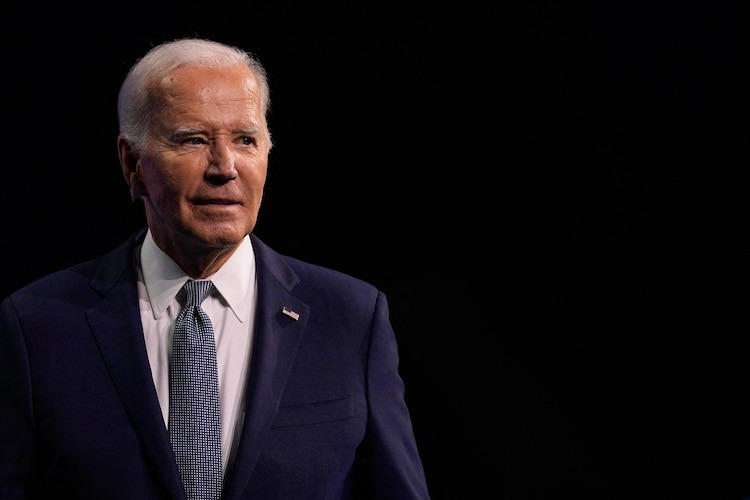
Understanding the Rapid Spread of Health Rumors
Several interrelated factors contribute to the swift dissemination of rumors pertaining to the health of a sitting president. First and foremost, the stakes are undeniably high. The president of the United States commands the world’s most formidable military and presides over the largest economy, leading any hints of incapacity to incite anxiety regarding governance continuity and national stability. This makes such stories inherently appealing to media outlets, which are often motivated by audience engagement and clicks, as well as to individuals seeking clarity in uncertain times.
Furthermore, the current political climate is marked by polarization. In such a landscape, rumors can be weaponized by both supporters and detractors alike, with unverified claims amplified to reinforce existing narratives. This trend is further fueled by the attention economy of social media, where sensational headlines can elicit strong emotional reactions—fear, urgency, or anger—that drive sharing and virality. Finally, the historical precedent of past presidents facing legitimate health issues lends a certain credence to new rumors, blurring the lines between fact, speculation, and misinformation.
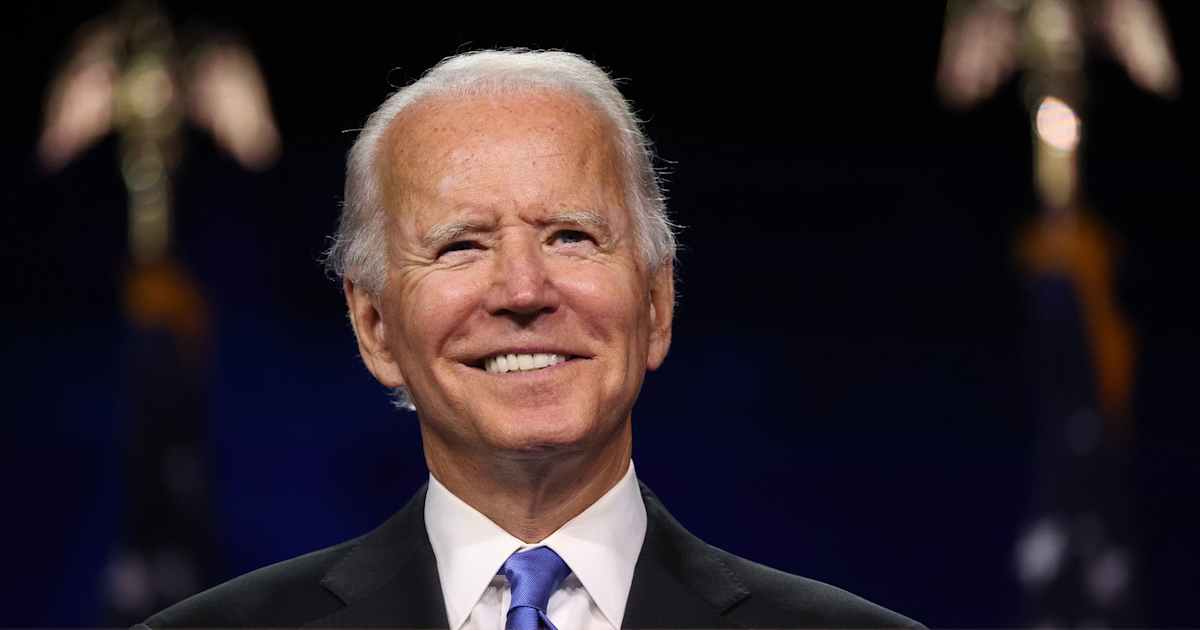
The Case Study of the Biden Rumor
The recent rumor claiming that President Joe Biden was hospitalized in critical condition serves as a poignant example of how these dynamics play out in real-time. This claim originated from low-reliability sources and propagated quickly through social media channels, despite the absence of confirmation from reputable news outlets or official statements. The timing of the rumor’s emergence, amidst heightened political tensions, fed into prevailing anxieties surrounding governance. Additionally, the sensationalist framing of the headlines, mimicking breaking news alerts, gave the misinformation a veneer of legitimacy that further facilitated its spread. Once the story gained traction, it spread far beyond its initial audience, often before fact-checkers had the chance to intervene. This incident underscores the crucial importance of exercising caution and critical thinking when confronted with alarming news.
Best Practices for Fact-Checking
Fortunately, there are several practical steps that individuals can take to verify claims regarding a leader’s health. First and foremost, seek out official statements from credible sources such as the White House Press Secretary’s office or trusted medical facilities like Walter Reed National Military Medical Center, where U.S. presidents typically receive care. It’s also essential to cross-check information with reputable news organizations—like Reuters, BBC, and The New York Times—that adhere to rigorous verification processes before publishing stories. If a claim appears solely on obscure or partisan websites, it should be approached with skepticism.
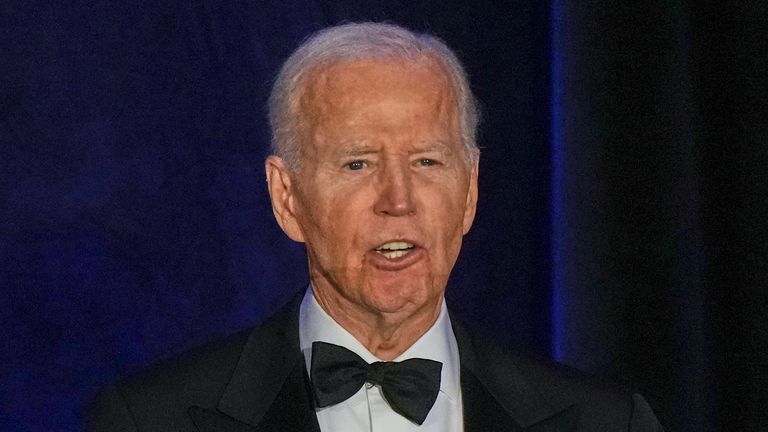
Moreover, assessing the source of the information is crucial. Websites that lack transparency, fail to cite sources, or have a history of disseminating false information should raise red flags. Language cues can also indicate a story’s reliability; sensational words like “shocking” or “unbelievable” often suggest that a piece prioritizes clicks over factual accuracy. Finally, utilizing established fact-checking platforms such as Snopes, PolitiFact, and FactCheck.org can provide clarity and reveal whether a specific claim has already been debunked.
Implications of the 25th Amendment
Another factor that contributes to the interest in presidential health rumors is the implications surrounding succession. The U.S. Constitution’s 25th Amendment outlines the procedures that follow a president’s incapacitation, allowing the vice president to assume the role of Acting President if necessary. In dire circumstances, the cabinet can declare the president unfit, leading to a formal transfer of authority. While these measures ensure governmental continuity, they also lend a greater political weight to health-related rumors. Speculation about the activation of the 25th Amendment often accompanies discussions about a president’s health—whether those discussions are grounded in reality or not.
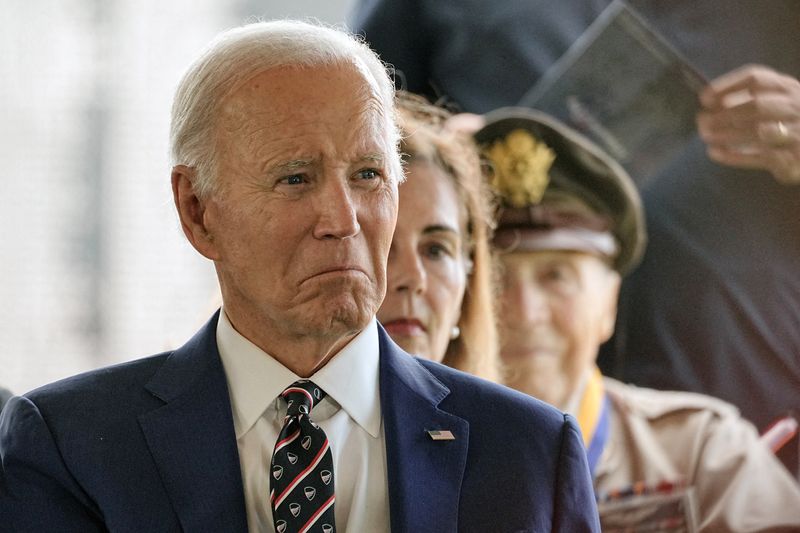
The Responsibility of the Media
Journalists find themselves in a precarious position when it comes to covering presidential health. On one hand, the public has a legitimate right to know whether their leader can effectively carry out their responsibilities. On the other hand, unfounded speculation can incite unwarranted panic and concern. Responsible reporting necessitates a delicate balance: verifying information with multiple reliable sources, avoiding sensationalism, and respecting the privacy of individuals while maintaining transparency.
For the public, fostering media literacy is essential in navigating the overwhelming flood of information. Understanding how to critically evaluate credibility and intent is crucial to sidestepping the pitfalls of misinformation.

Why It Matters
The implications of misinformation surrounding presidential health extend far beyond mere gossip; they can have significant real-world consequences. Financial markets are particularly sensitive to uncertainty, and false rumors can trigger volatility that impacts economies. Additionally, international diplomacy hinges on stable leadership; unfounded health claims can erode confidence among allies and adversaries alike. Most critically, unchecked misinformation threatens the very foundation of democracy by undermining trust in institutions. By adopting a mindful approach to questioning and verifying information, the public can play a proactive role in mitigating the destabilizing effects of health-related rumors.
Maintaining a Healthy Skepticism
As long as world leaders wield substantial influence, the narrative surrounding their health will remain a focal point of public interest. While some reports will undoubtedly stem from valid concerns, others may simply be exaggerations or outright fabrications. The essential takeaway is to approach each headline with a sense of healthy skepticism. In an era where misinformation can outpace verified facts, skepticism is not cynicism; it is a responsible approach to civic engagement.
Conclusion
The incident surrounding the recent health rumors about President Biden serves as a stark reminder of the precarious nature of truth in the digital landscape. While technological advancements have democratized access to information, they have also created fertile ground for falsehoods to proliferate. By grasping the historical context of presidential health secrecy, recognizing the rapid spread of rumors, and learning effective fact-checking techniques, we empower ourselves to respond judiciously. Rather than succumbing to panic or misinformation, we can strengthen trust in credible sources, bolster democratic resilience, and temper speculation. The next time a sensational headline appears, remember to pause, verify, and then decide what to believe.

